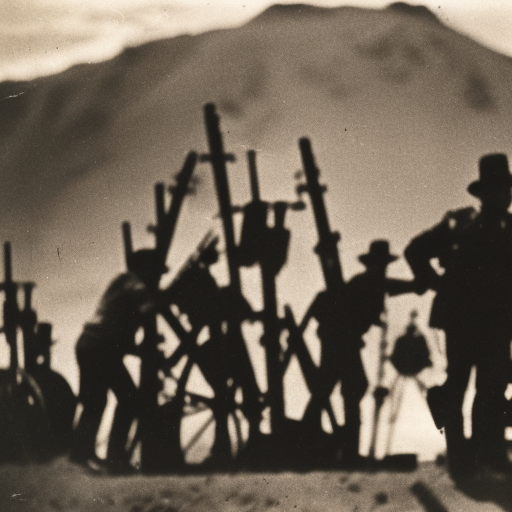Summary: Chilean Civil War of 1891
The Chilean Civil War of 1891 was a conflict that erupted between the supporters of President José Manuel Balmaceda and the Congressional opposition. The war was primarily a struggle for power and control over the country’s political and economic direction. It resulted in the overthrow of President Balmaceda and the establishment of a new government led by the Congressional forces.
Background
In the late 19th century, Chile experienced significant political and economic changes. President Balmaceda, a member of the Liberal Party, sought to consolidate power and implement a series of reforms aimed at strengthening the presidency. However, his policies faced strong opposition from the Conservative Party and the Congressional majority.
Causes
The main causes of the Chilean Civil War of 1891 were the political polarization between the Liberals and Conservatives, the dispute over presidential powers, and the economic interests of different factions. President Balmaceda’s attempts to centralize power and his confrontational style of governance alienated many political and military figures, leading to a growing discontent among his opponents.
Course of the War
The conflict began in January 1891 when President Balmaceda dissolved the Congress and called for new elections. The Congressional opposition, led by Jorge Montt, refused to recognize Balmaceda’s actions and formed a rebel government in the northern city of Iquique. The war quickly spread throughout the country, with both sides mobilizing their forces.
The Congressional forces, known as the “Balmacedistas,” enjoyed the support of the navy and controlled the northern provinces. On the other hand, President Balmaceda’s government, known as the “Constitutionalists,” had the backing of the army and controlled the central and southern regions.
The war was characterized by a series of battles and skirmishes, with both sides suffering significant casualties. The Balmacedistas initially had the upper hand, winning several key battles and capturing important cities. However, the tide turned in favor of the Congressional forces when they received military support from the United States and Argentina.
Outcome
By August 1891, the Congressional forces had gained the upper hand and besieged the capital, Santiago. President Balmaceda, realizing his defeat was imminent, sought refuge in the Argentine embassy. On September 18, 1891, Balmaceda resigned from the presidency, effectively ending the civil war.
The Congressional forces established a provisional government and called for new elections. Jorge Montt, the leader of the rebellion, was elected president and began the process of rebuilding the country. The war had a lasting impact on Chilean politics, leading to the adoption of a new constitution in 1891 that limited presidential powers and strengthened the role of Congress.
Legacy
The Chilean Civil War of 1891 marked a turning point in the country’s history. It highlighted the tensions between presidential and congressional powers and the importance of political consensus in a democratic system. The war also exposed the deep divisions within Chilean society and the willingness of different factions to resort to armed conflict to protect their interests.
In conclusion, the Chilean Civil War of 1891 was a significant event in the country’s history. It was a struggle for power and control between President Balmaceda and the Congressional opposition. The war resulted in the overthrow of Balmaceda and the establishment of a new government. It had a lasting impact on Chilean politics, leading to constitutional reforms and a reevaluation of the balance of power between the executive and legislative branches.












